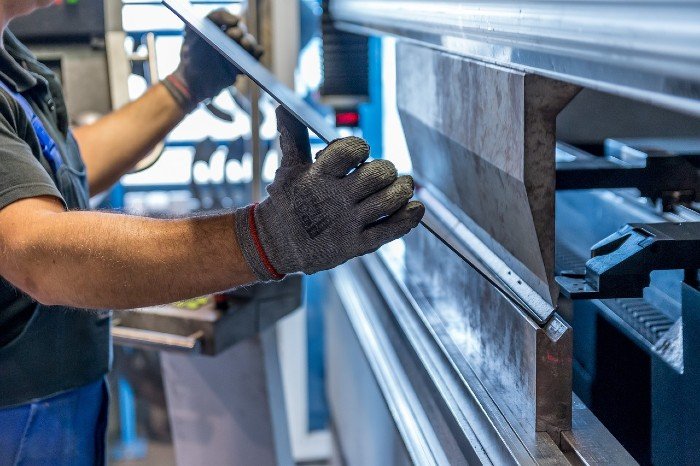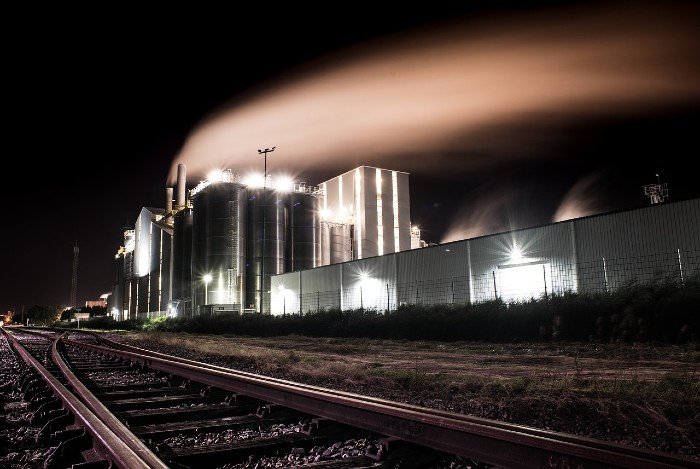Green hydrogen emerges as a potential solution to address the carbon emissions challenge in the steel industry, as highlighted in a report by Deloitte-FICCI titled “India Steel 2023: Advancing the Indian Growth Story in the Amrit Kaal Era.” According to the report, the steel sector is responsible for 12% of India’s total CO2 emissions, emitting 2.55 tonnes of CO2 per tonne of steel produced, compared to the global average of 1.85 tonnes. This report comes at a crucial time when India’s steel industry, responsible for about 240 million tonnes of carbon emissions annually, is expected to double its emissions by 2030 due to ambitious infrastructure development goals set by the government.
The report underscores the urgent need for steel producers to adopt decarbonization strategies. The government has identified green hydrogen-based Direct Reduction Iron (DRI) as a promising alternative to traditional steelmaking methods, which rely on fossil fuels, primarily coal and natural gas. Incorporating hydrogen into steel production not only enhances energy efficiency but also reduces operational costs and improves steel quality. Experts in the Deloitte report suggest that replacing fossil fuels with hydrogen in the DRI process could reduce emissions by up to 90%.
The Government’s National Green Hydrogen Mission aims to harness this potential by promoting hydrogen infrastructure development. On January 4, 2023, the Union Cabinet approved a budget of ₹19,744 crore for the mission from FY 2023-24 to FY 2029-30. The mission’s goal is to position India as a global leader in the production, utilization, and export of green hydrogen and its derivatives.
Industry estimates indicate that the viability of hydrogen technology for expansion hinges on achieving a competitive price point of approximately $1-2 per kilogram and imposing a carbon penalty of at least $50 per tonne of emissions on steel produced using traditional methods. These factors could incentivize a significant shift from coal-based to hydrogen-based steelmaking, amounting to 150 million tonnes.
Currently, international standards indicate that an average of 1.8 to 1.9 tonnes of CO2 is generated per tonne of crude steel produced, with the Indian average ranging from 2.26 to 2.8 tonnes of CO2. Anticipated growth in demand for green steel in the coming decades underscores the importance of prioritizing energy efficiency and decarbonization in the steel industry, both in India and globally.







